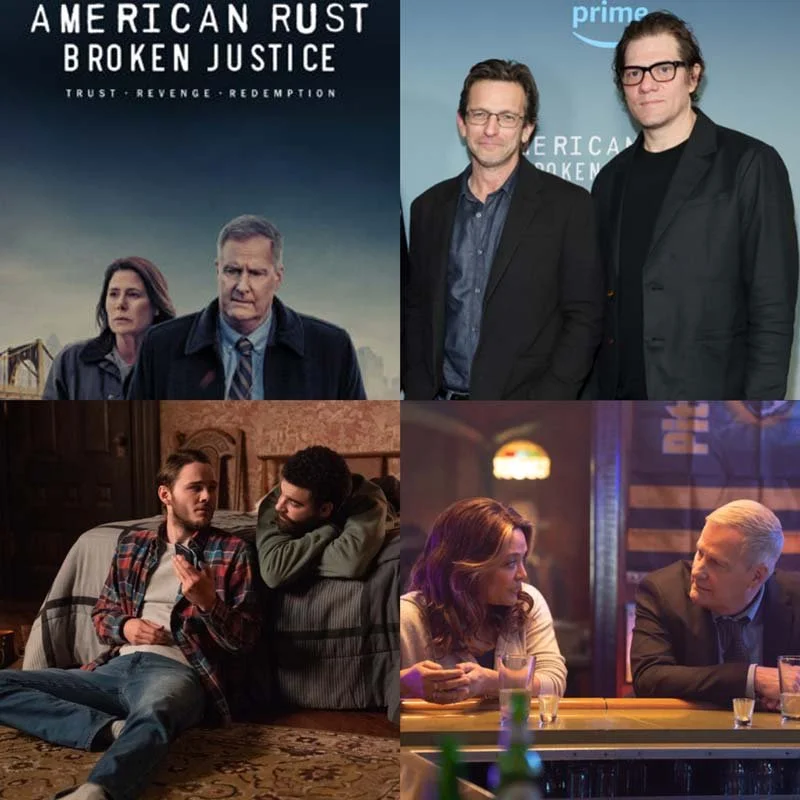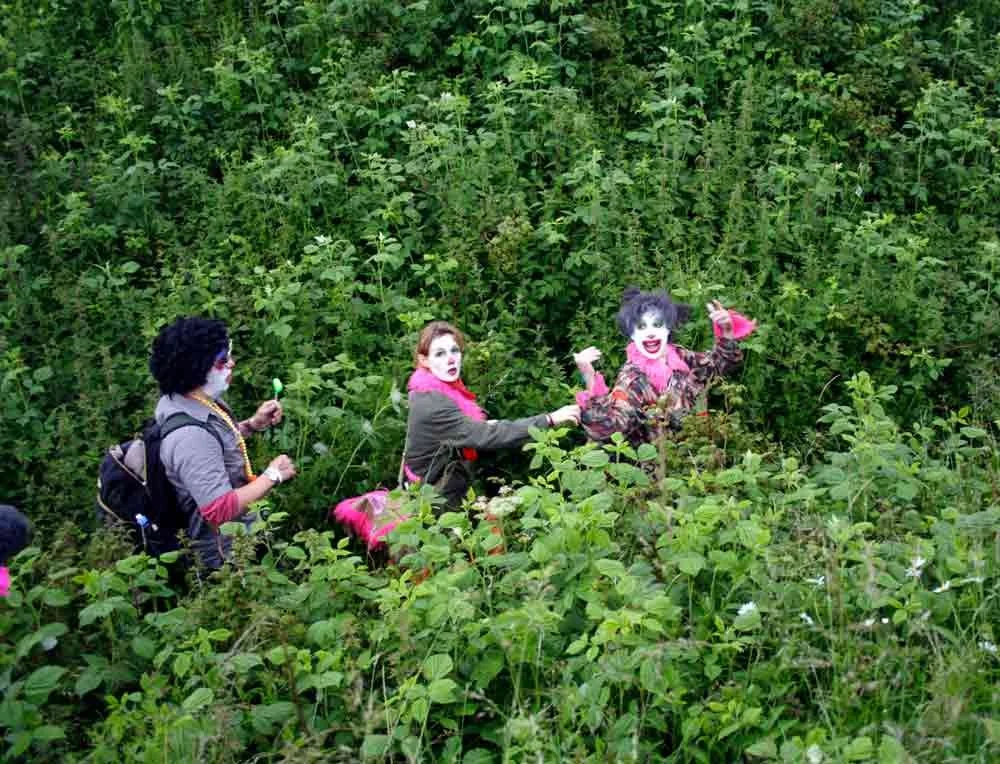Mario Alberto Zambrano was a contemporary ballet dancer before dedicating his time to writing fiction. He has lived in Israel, The Netherlands, Germany, Spain, and Japan, and has danced for Hubbard Street Dance Chicago, Nederlands Dans Theater, Ballett Frankfurt, and Batsheva Dance Company. He graduated from The New School as a Riggio Honors Fellow and the Iowa Writers’ Workshop as an Iowa Arts Fellow, where he also received a John C. Schupes Fellowship for Excellence in Fiction. Lotería is his first novel.
THE CREATIVE PROCESS
What are your views on the future of communication and how technology is changing the way we communicate, read, interact with the world and our imaginations?
MARIO ALBERTO ZAMBRANO
The other day I was explaining to one of my students in my Dance on Camera course how a montage worked in film. By juxtaposing uninflected images together you create mood, atmosphere, and sometimes narrative. For example, seeing the sequence of a rose, an envelope, and sunset communicates something entirely different than say a rose, an envelope, and an image of shattered glass. In trying to explain this to him I asked, what does a barf-face emoticon followed by a champagne glass followed by a gelcap say to you? He laughed and understood perfectly.
The latest generation—our #hashtag “Z” Generation— are engendering a language of visual cues and subjects that discards language in the way we’ve been using it for hundreds of years; ironically, we’re at a point when we’re returning to an ancient skill, using the juxtaposition of uninflected images—now with emoticon texting. I myself have replied to text messages without using a single letter, and I find this peculiar and interesting. When the first e-reader was introduced many voracious readers cringed at the idea, advocating for the page, the textile experience, the history of paper between the fingers as you read through a book. Reading paperbacks was something we swore we’d stick to. But as time passes I find more and more people using tablets. Technology is moving at such a velocity that it’s difficult to comprehend what it’s doing to us culturally and psychologically. Even though we resist innovations at the start, they find their way into our homes and everyday lifestyles after awhile. What remains, what is constant and will never go away is the urgent need we have to express ourselves using color and shape, prose and poetry. On some days, I find what technology is introducing astounding, yet on others I miss the solitude of a book, an armchair, and a room with a view—without Wifi!
THE CREATIVE PROCESS
What are your views on the importance of creativity and the humanities?
ZAMBRANO
When I’m working with my students, whom are so wonderfully skilled, what I bump up against when trying to arouse a creative rigor is their incessant need to know the correct answer. They’re always searching for it, as they’ve been trained to do from their education, which is what’s gotten them where they are. But if the page is blank, if the answer is instead a question they need to propose, they grow uncomfortable. What I try to tell them is that to be creative is not always about finding the answer but looking for the interesting questions, about walking into the laboratory of the creative mind and becoming familiar there with the unknowing while having faith that something will be discovered. With all the chaos in the world, when we study our instincts and explore our imaginative potential, an expression of how we see this chaos and how we experience the world is realized. That kind of deeper understanding is as valuable to me as the sciences, because to make art, to be creative, is a science. We are, whether it be recognized are not, always inherently creative. To manifest, to invent, to dream—the world is in constant change because of these motivations. Everyone is negotiating challenges that require creativity in order to overcome them. To survive, to understand, to celebrate, to acknowledge the wondrous surprise of imagination. It’s in our nature, so essential and necessary.
THE CREATIVE PROCESS
How do you communicate the role dance plays in our lives to student who are not dancers?
ZAMBRANO
I come from a dance world where everyone valued dance with such importance that I think we believed we couldn’t live without it, so when I come across students majoring in other disciplines—Economics, Computer Science, Government—who’ve never practiced dance on a regular basis, at first I’m proud. I’m proud that somehow they find their way to my classroom and are willing to give dance a shot. Second, I'm surprised at how in awe they are when I teach them how to create a wave in their spine, and how that sensation is something that can give them pleasure, that they’re designing movement with their bodies. Third, I’m delighted, delighted to help them find that intelligence in themselves.
THE CREATIVE PROCESS
Could talk a bit about what drew you to dance?
ZAMBRANO
I started dancing so young that it’s difficult for me to comprehend a life without some sort of physical practice that brings effort and pleasure together—apart from sports. I think what some students dismiss is the determination one can get from wanting more of themselves when they dance. In any sport there’s a goal and you try to complete the goal; you want to win. That’s the point. So what’s the point of dancing? In dance, and in any other art really, you have to find the game that keeps you in it. Some students don’t know how to get there, they don’t know how to find themselves in the game that is their creative field. But when they find it, or glimmers of it—we call those A-ha! moments—I believe that what they discover is that they’re winning a better understanding of who they are, as human beings and as artists.
THE CREATIVE PROCESS
What does your experience of dance make you appreciate about writing? What has writing made you appreciate about dance and theater?
ZAMBRANO
When I started writing I was, truth be told, relieved that I didn’t have to wake up and go to ballet class everyday. I enjoyed the long hours at the desk while sipping bottomless cappuccinos. I did that for six years until I missed the movement, the mere physicality of dancing. At first, when I was writing it was all a wonderfully realized ballet that was happening in my head. I was bringing all of the sensibilities I’d acquired as a dancer into my writing, and it felt so similar to making a ballet. The language was the cast and I could make them dance however I liked. Writing and dancing offer such wonderfully different experiences. One is entirely cerebral while the other is sensual and in constant motion. If we break down the elements of style, technique and craft, structure and voice in both art forms, they are related by a current of motivation and sensibility. Each needs those two things. The grammar of the body and the grace of style—they’re interchangeable. The common denominator is the meter, the pace, the music each of them need in order to move forward. And I absolutely love that, the music they share. You read Virginia Woolf and you're listening to a song; you watch Nureyev and you're seeing a song.
Mario Alberto Zambrano in Ohad Naharin’s Virus.
Mia Funk is an artist, interviewer and founder of The Creative Process.




















































